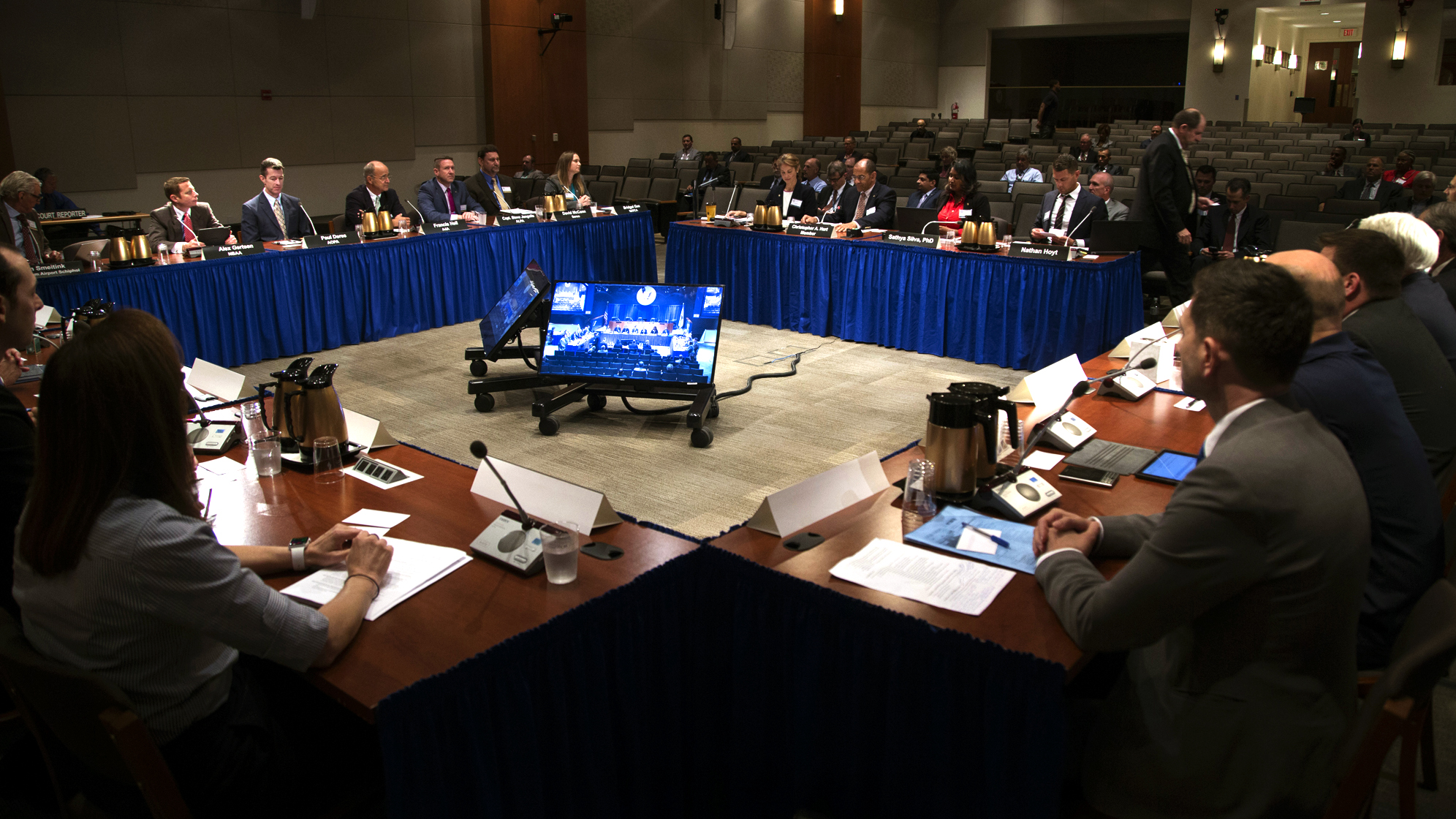Forum seeks solutions to runway incursions
Two facts about runway incursions should cause any pilot to sit up and stay sharp in the cockpit.
One is that although pilot deviations have occurred in roughly similar numbers for the last several years, severe runway incursions have been on the increase.
The AOPA Air Safety Institute, which has worked for more than 60 years to help pilots fly safer by offering free programs from online courses to live seminars and videos, knows that there is work to be done in this critical safety area—and is doing it.
On Sept. 19 and 20, Paul Deres, the Air Safety Institute’s director of education, and Adam Williams, AOPA manager of airport policy, attended a National Transportation Safety Board forum on runway incursions at NTSB headquarters in Washington, D.C.
NTSB Member Christopher Hart, who chaired the forum, Runway Incursion Safety Issue, Prevention, and Mitigation, framed the challenge aviation faces in blunt terms before the meeting began.
“The worst accident in aviation history was a runway incursion and collision at Tenerife, in the Canary Islands, on March 27, 1977,” he said. “After declining for several years, the most severe incursions have been on the rise since 2011, despite several interventions. Our challenge is to understand the problem better and get the numbers moving down again.”
Panels that met during much of the two-day forum focused on runway statistics and trends, air traffic control, aircraft operations, and airports—information that can help safety educators understand the issues, and the data, concerning runway incursions.
Three kinds of incursions have been identified for analysis: pilot deviations, which account for the majority of incursions; operational incidents involving the action of air traffic control; and incursions caused by vehicles or pedestrians that entered airport movement areas without authorization.
“The bad news is that general aviation is responsible for 80 percent of pilot deviations,” Deres said during his presentation. “The good news is that they are mostly incursions of the least severity, with no immediate safety consequences.”
On the other hand, “The behaviors that resulted in those kinds of incursions could be precursors leading to incursions of greater severity, with potentially disastrous results,” he said.
Deres pointed out that one of the Air Safety Institute’s key safety initiatives has been its Runway Safety scenario-based online course, which is free to anyone, and covers the essentials for operating safely in the airport environment.
The course, videos, and other materials can be found online in the Runway Safety Spotlight on the Air Safety Institute’s website.
Other panels at the NTSB forum featured presentations by experts from government, airlines, and industry, each session followed by audience involvement in discussion of the topics covered.
The two days of sessions culminated in a roundtable discussion of NTSB and industry stakeholders, with the goal of encouraging the stakeholders to collaborate and share ideas about solutions, he said.





